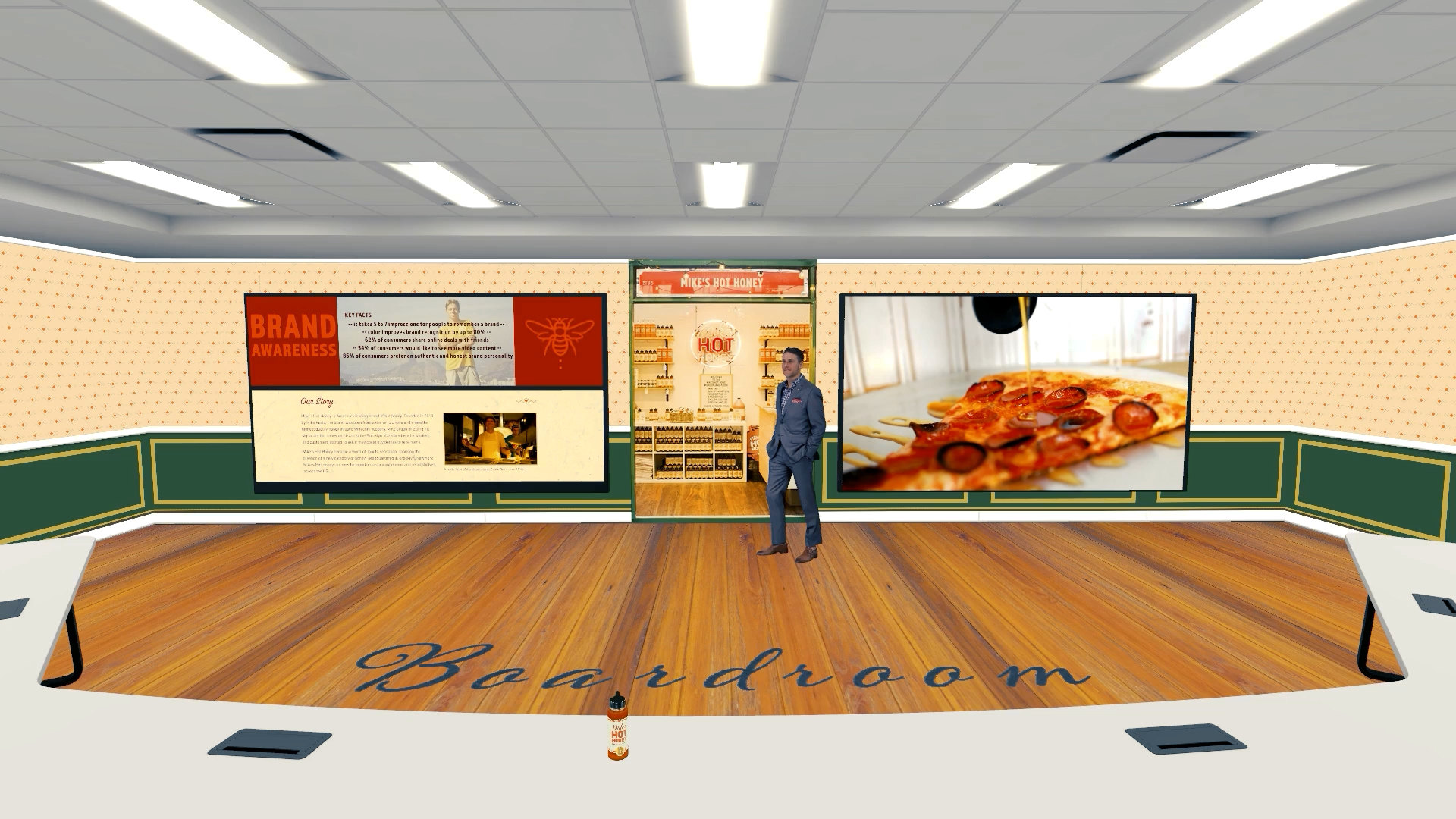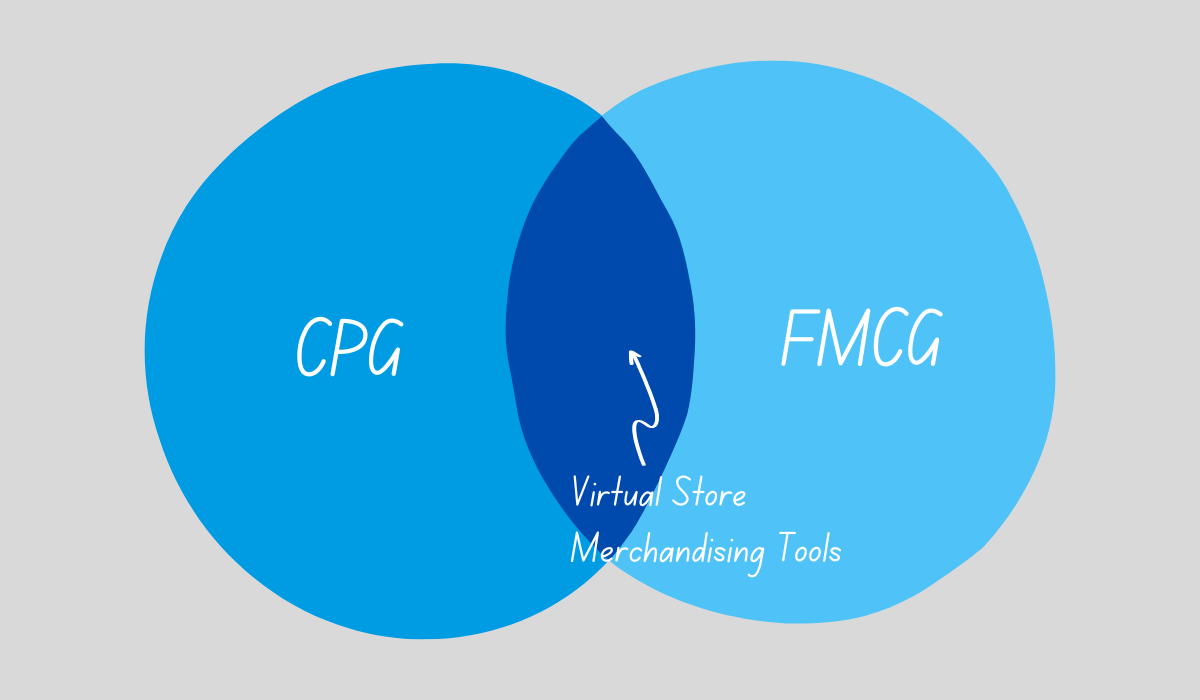Does anyone remember the scene in The Incredibles 2 in which the son, Dash, is getting help with his math homework from his dad, Mr. Incredible? Dash declares, “That’s not the way you’re supposed to do it Dad. They want us to do it this way.” An exasperated Mr. Incredible replies, “I don’t know that way! Why would they change math? Math is math!”
This scene came to mind as I was having a conversation with a teacher friend about how math has changed since we were kids, and why. Basically, the wonderful educators of the world began to realize that not all brains work the same way. As someone who recently discovered that they have ADHD, I can attest. I’ve also found that we often carry the old “one way to do something” mindset into adulthood when it comes to the way we work.
One of the biggest adjustments in the past two years has been learning how to make an impact and convey our thoughts and ideas over a computer screen. We’re doing less in person, and more through screenshares. In fact, a projected 25% of all professional jobs in North America will be remote by the end of 2022, with remote opportunities continuing to increase through the next year.
Meeting culture is a fascinating thing to dissect with my neurodivergent brain because I am not a “meeting” person. Chances are many of us have sat through meetings in which the highest-ranking members on the team monopolize the conversation and everyone else sits disengaged and feeling unappreciated. The global shift to hybrid work and hybrid meetings has, in many ways, exasperated this plight.
If we want to truly engage our workforce, we need to “change the math” regularly. Not everyone is engaged by slides on a screen. In fact, in may mean we are missing out on a wealth of ideas and perspectives when that kind of conformity is expected. What if, instead, we created a virtual space that encouraged collaboration and the sharing of ideas?
This is how we envision the future of hybrid work at InContext. Our Virtual Collaboration Center is the manifestation of the question, “What if?” Virtual is infinitely flexible and customizable. Imagine having unlimited access to a space that was equipped with tools you need to ideate, analyze, and present your strategy. Like a content management system made into a virtual room with your iterations on the wall.
For retail and brand teams, a virtual collaboration center means you are no longer limited to a scheduled meeting or trapped in a chat window. You can import videos, presentations, displays and planograms, and showcase your content while collaborating virtually with colleagues, retail partners and external teams. For example, follow up conversations are as simple as mutually accessing the space where everything you need is right there waiting. Someone can come back to a presentation and not only access the content but add their ideas in a setting that does not put them on the spot. Meetings also become richer because everyone on the team has an opportunity to contribute. You allow conversations to develop and encourage ideation.
The best way to completely extinguish a person’s sense of purpose is by fostering a culture that silences employees that have not attained a certain rank or that process information in a different way. We all have ideas, and we all want to be heard. The challenge is creating a culture that adapts to different ways of thinking instead of one that simply maintains the status quo. In this world of remote teams and screenshares, virtual collaboration centers offer a fresh perspective, giving everyone a seat at the table.
We are experiencing a paradigm shift in the way we work and connect. The solution? Change the math—bring your retail teams and partners into the next generation of workplace collaboration.
Contact us to learn more about how innovative retailers and brands are using our Virtual Collaboration Centers.
This is a guest post by Justin Buck, Director, Product Marketing at InContext





